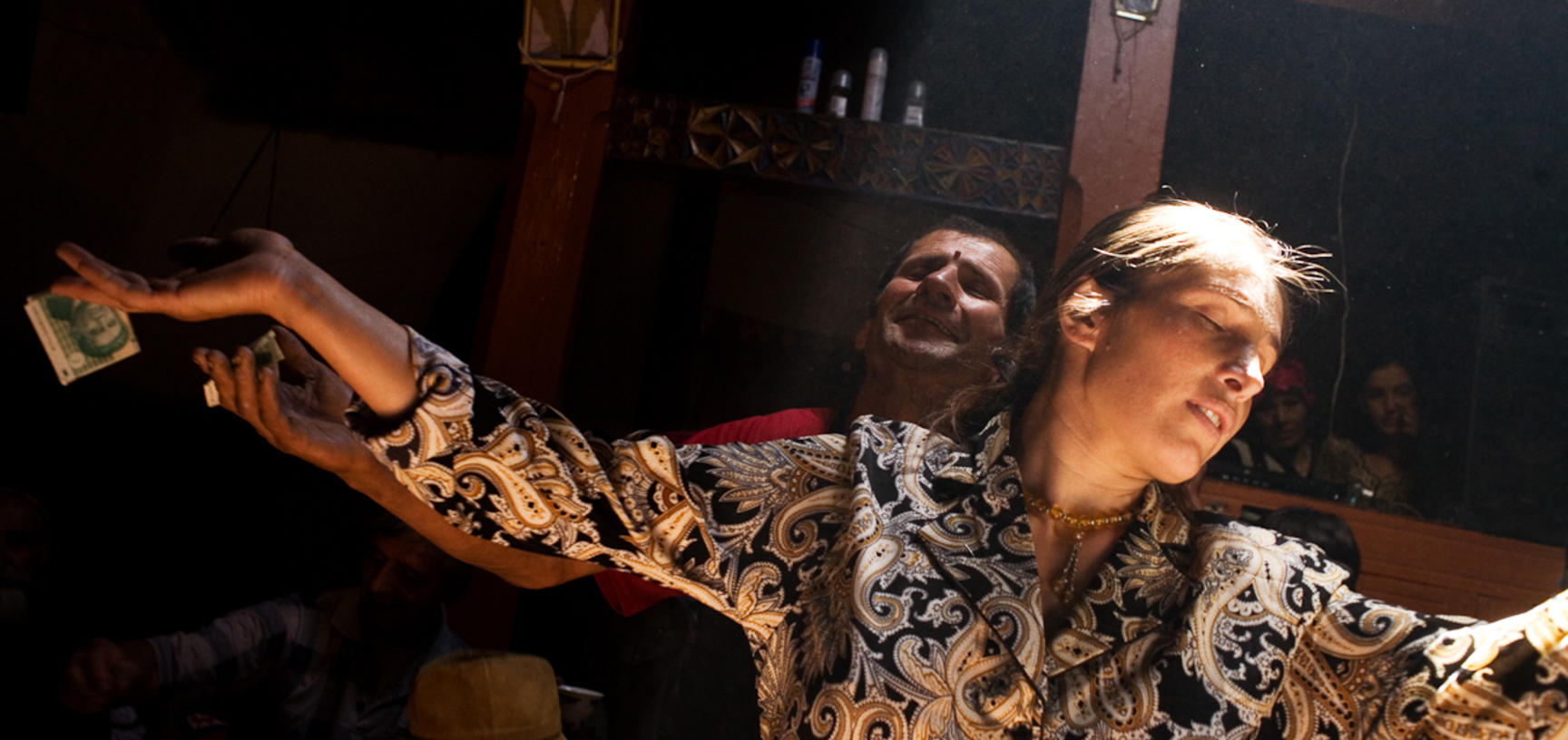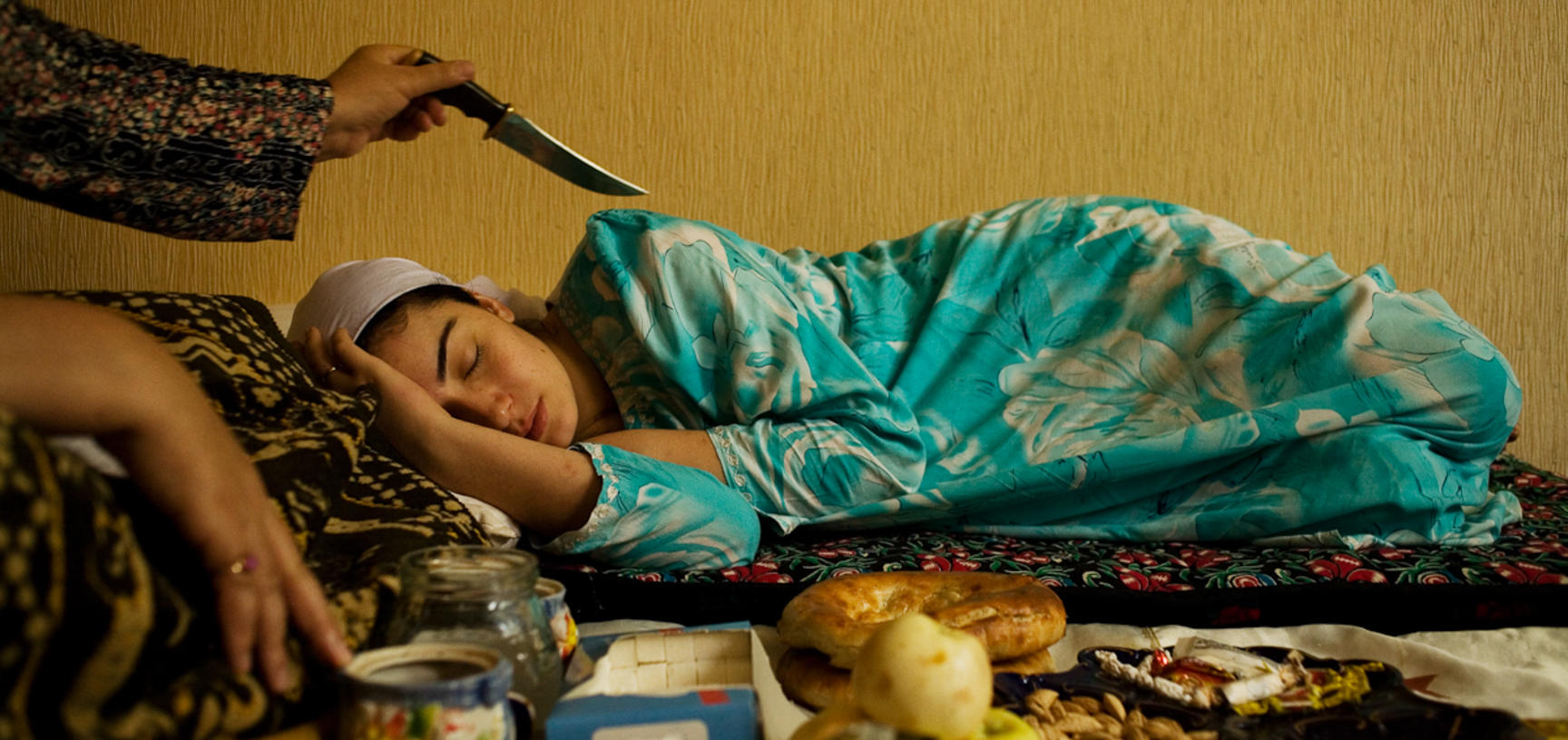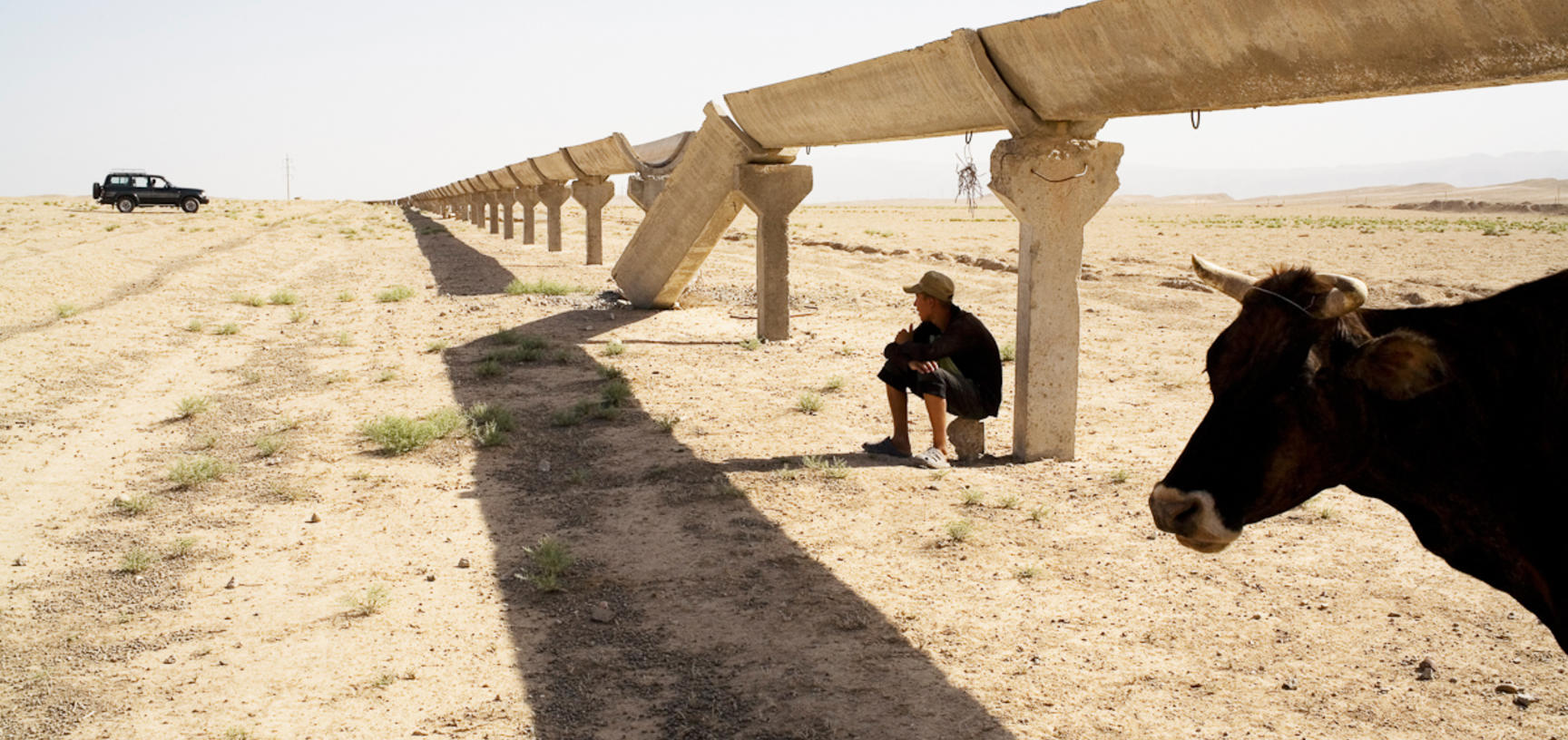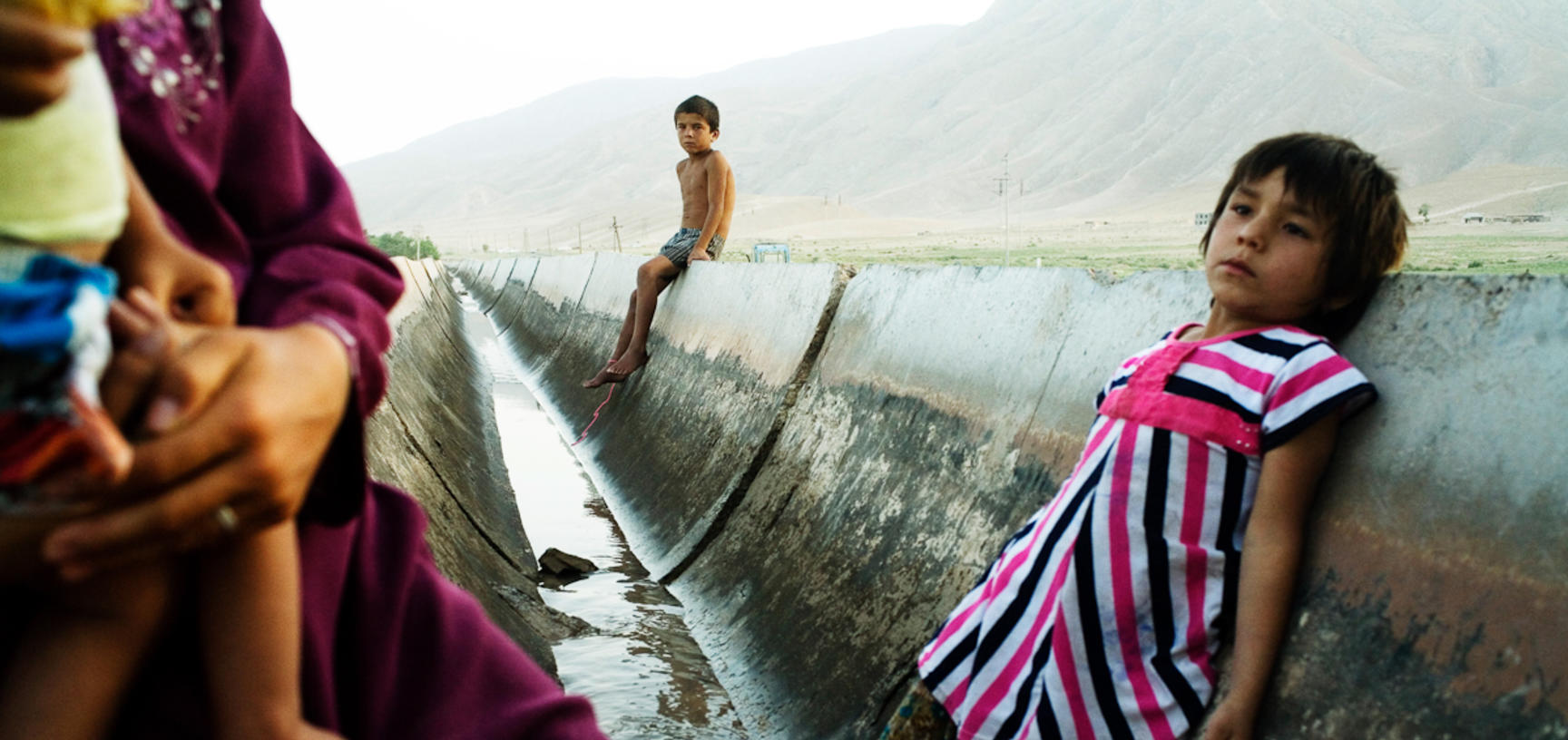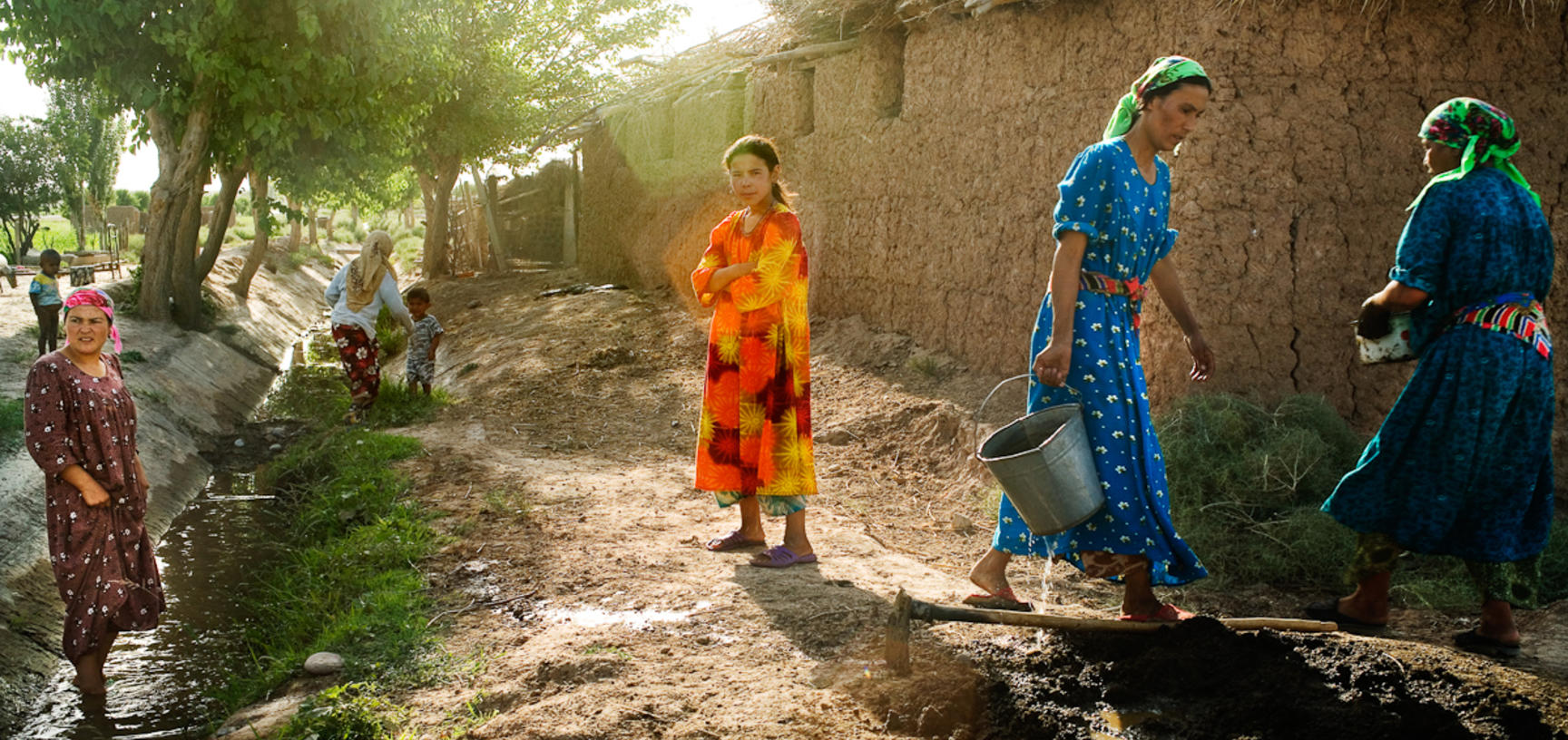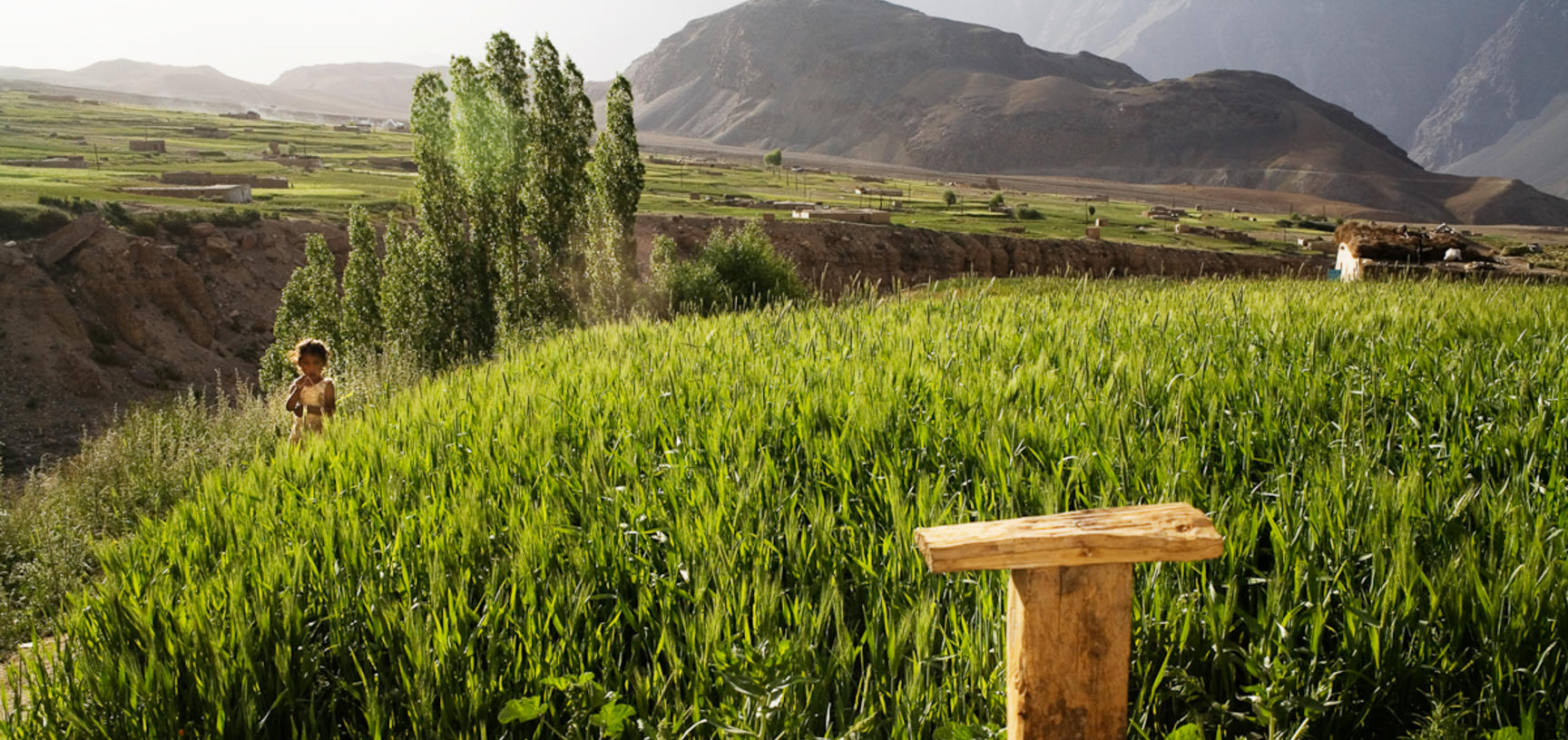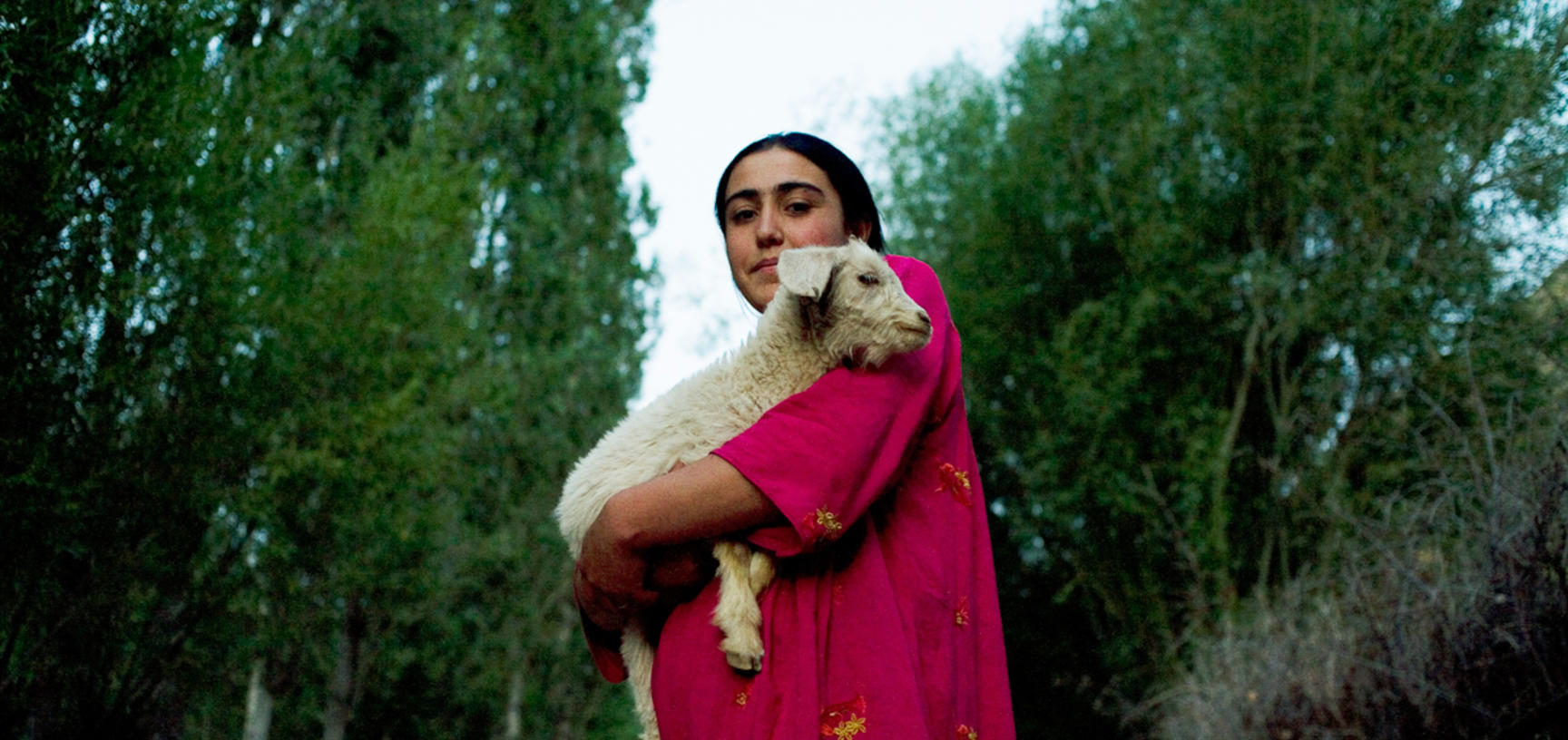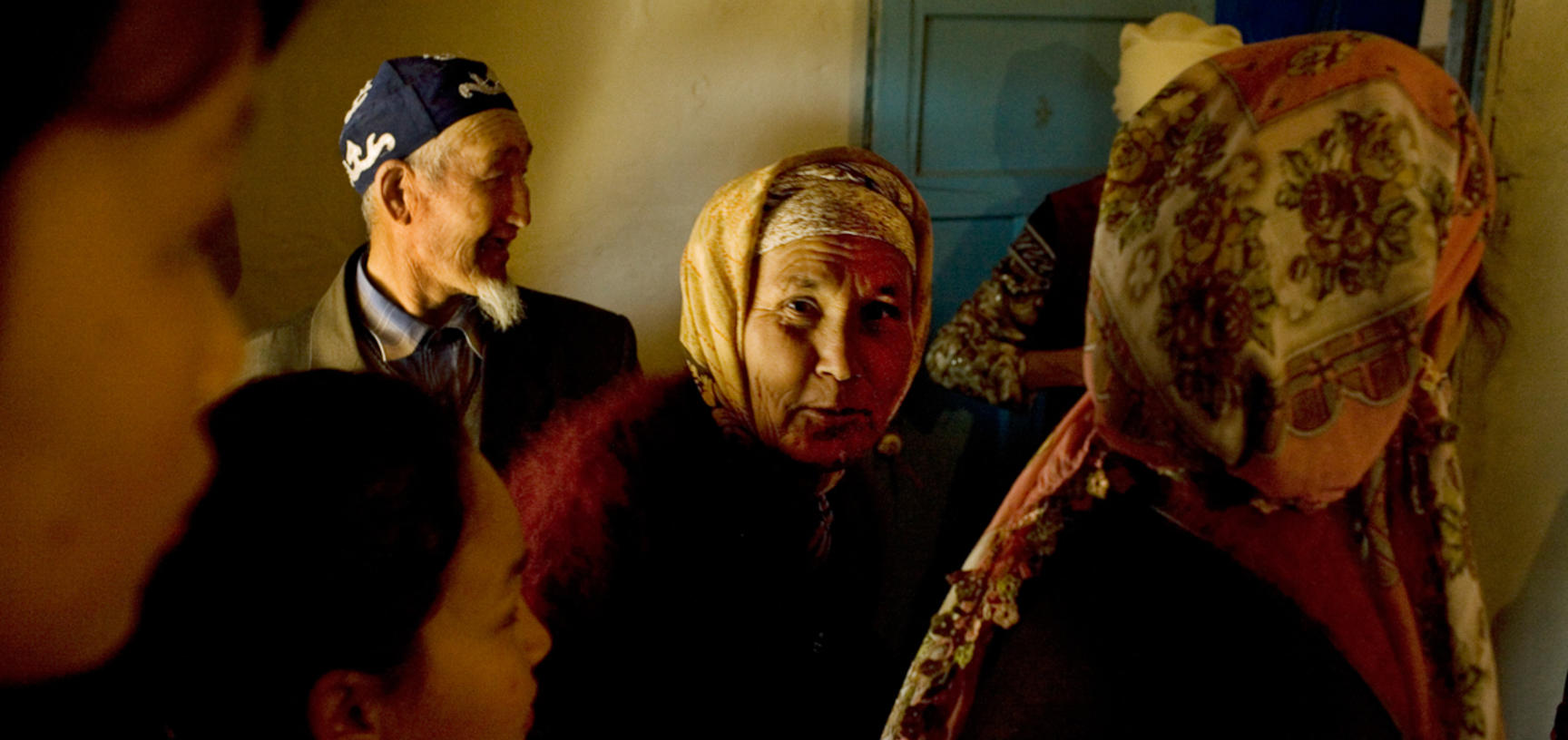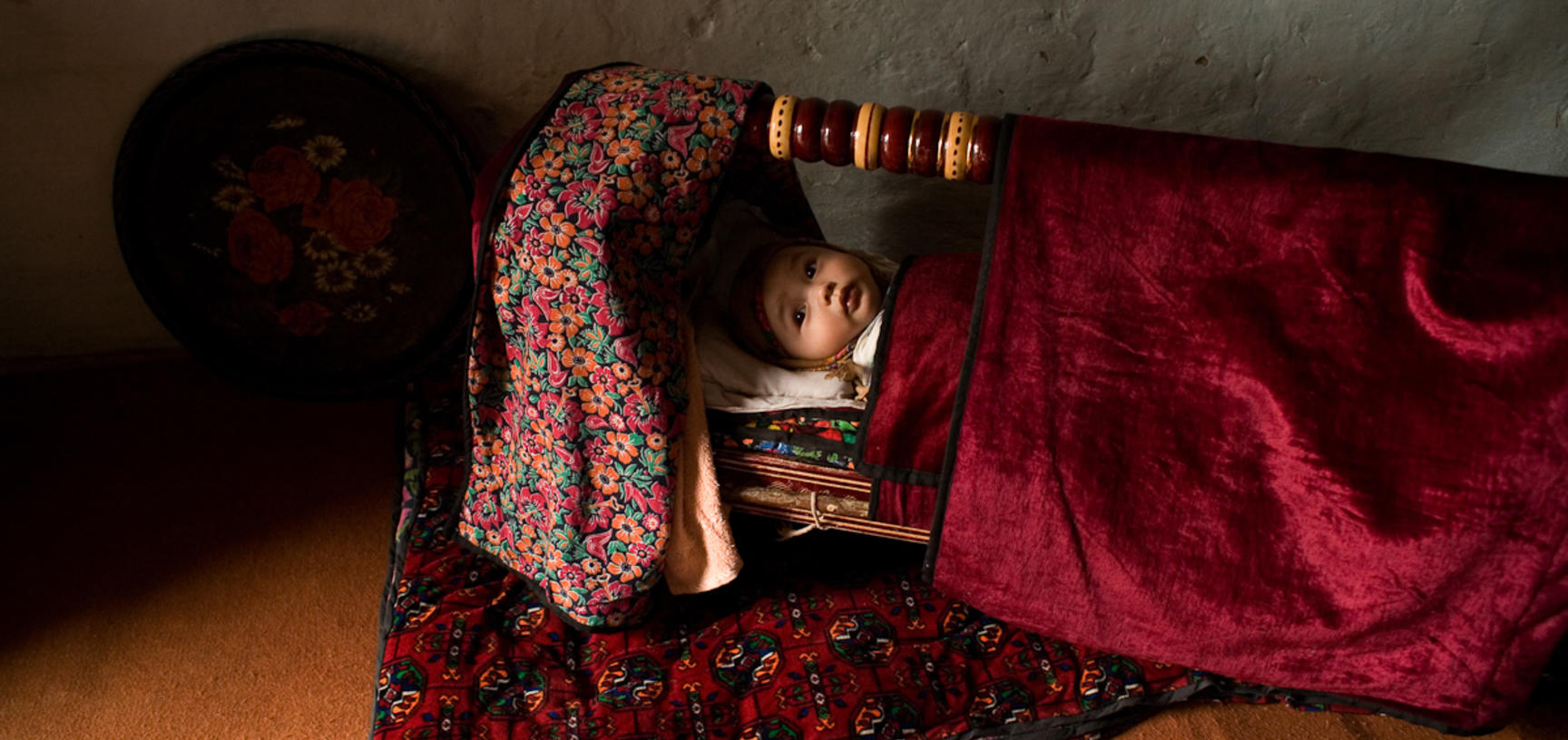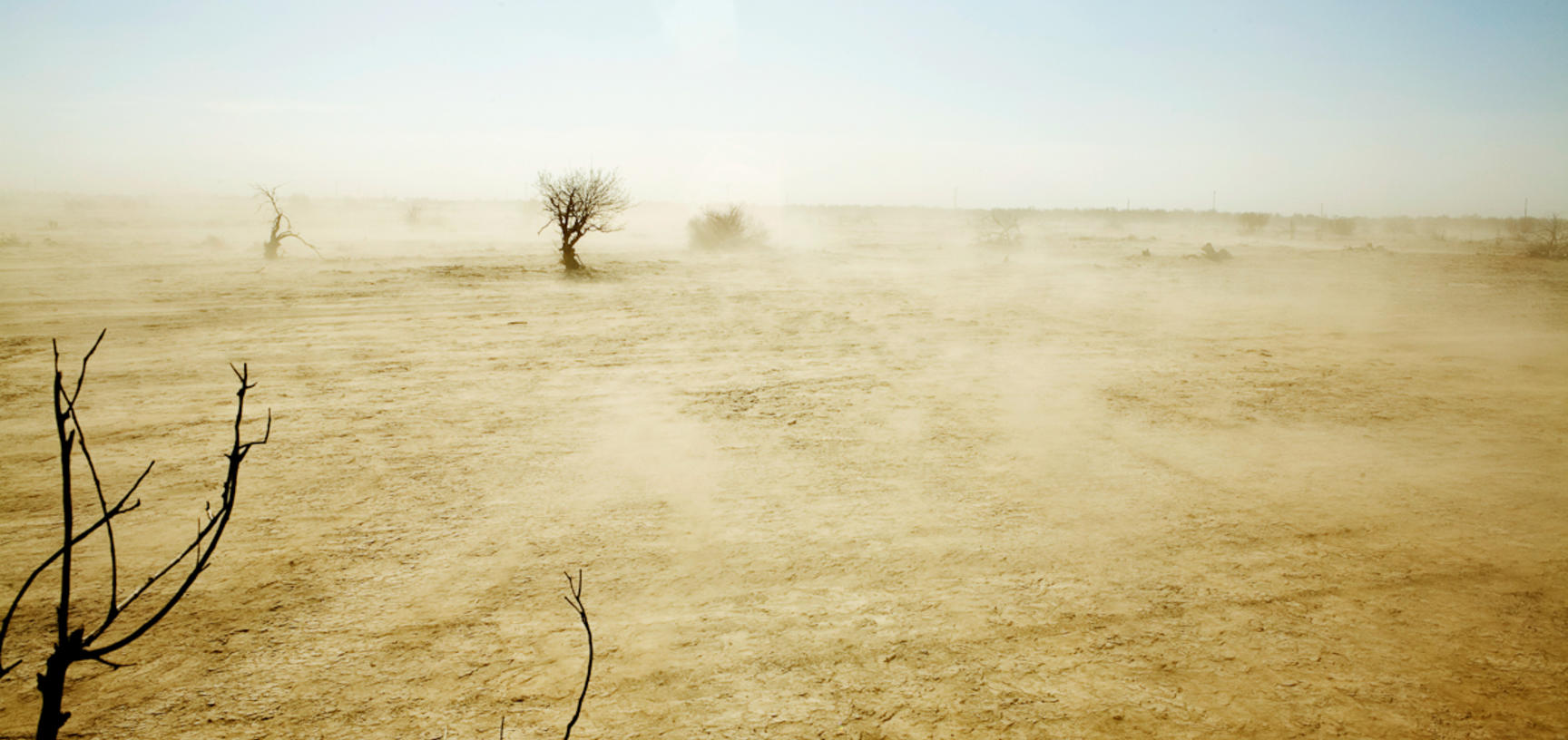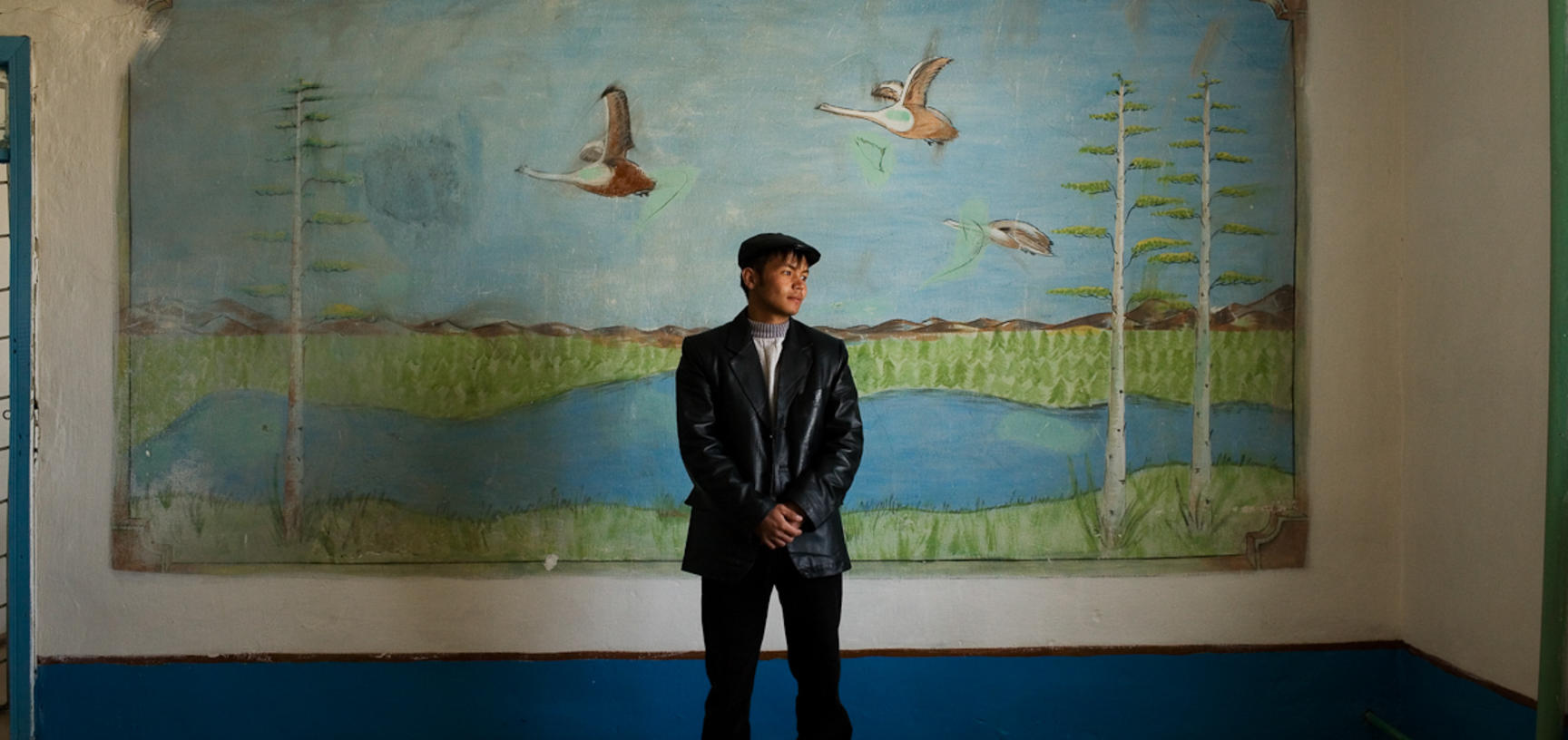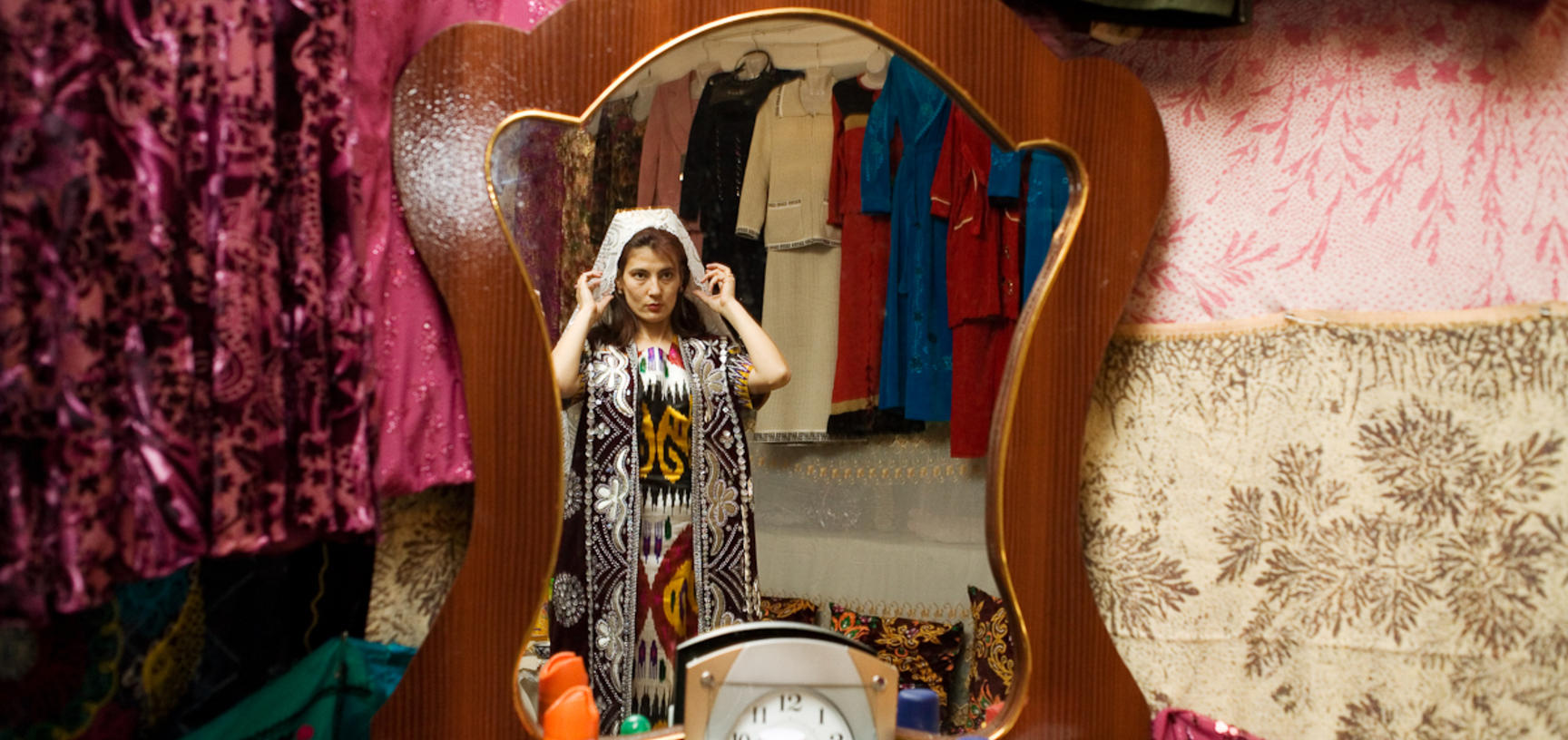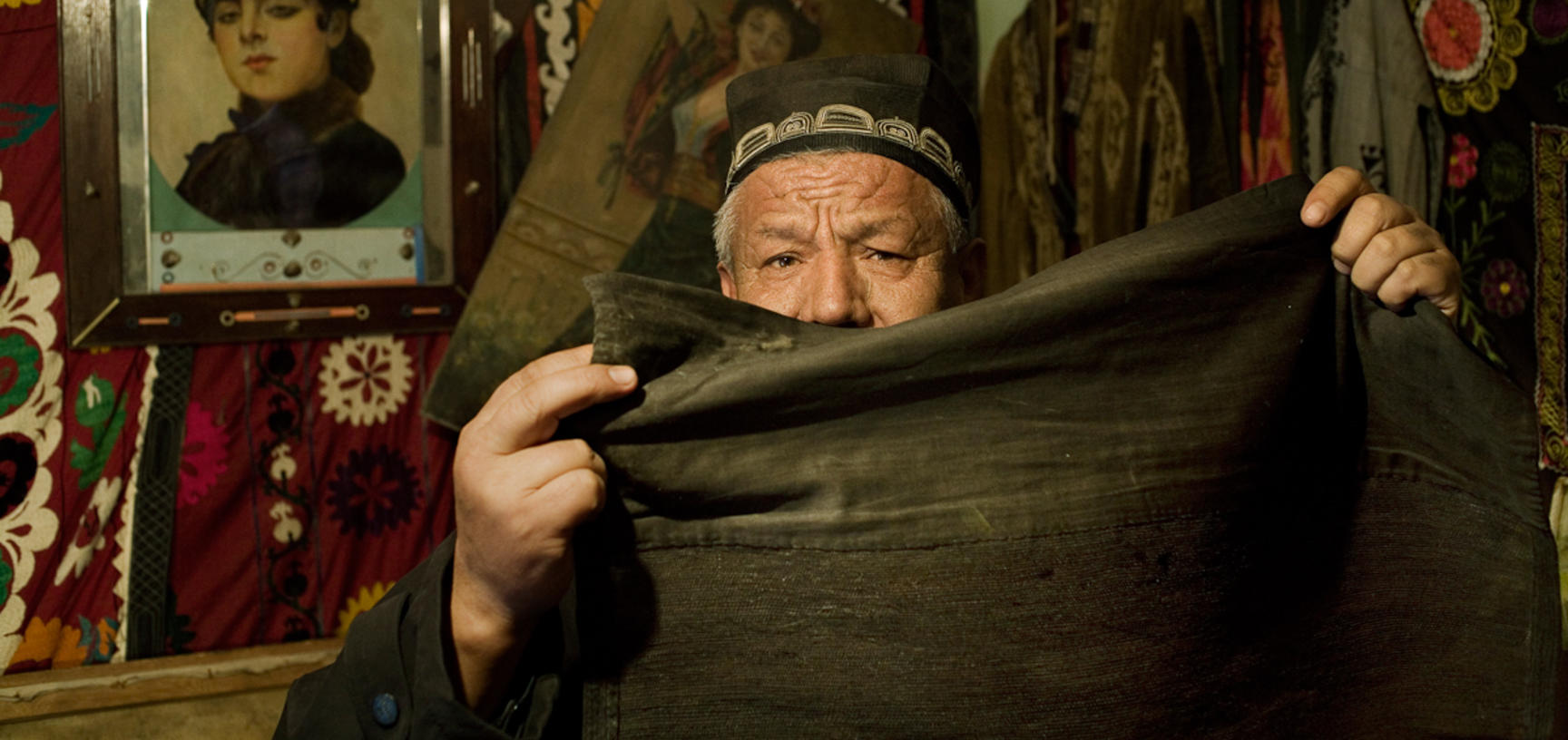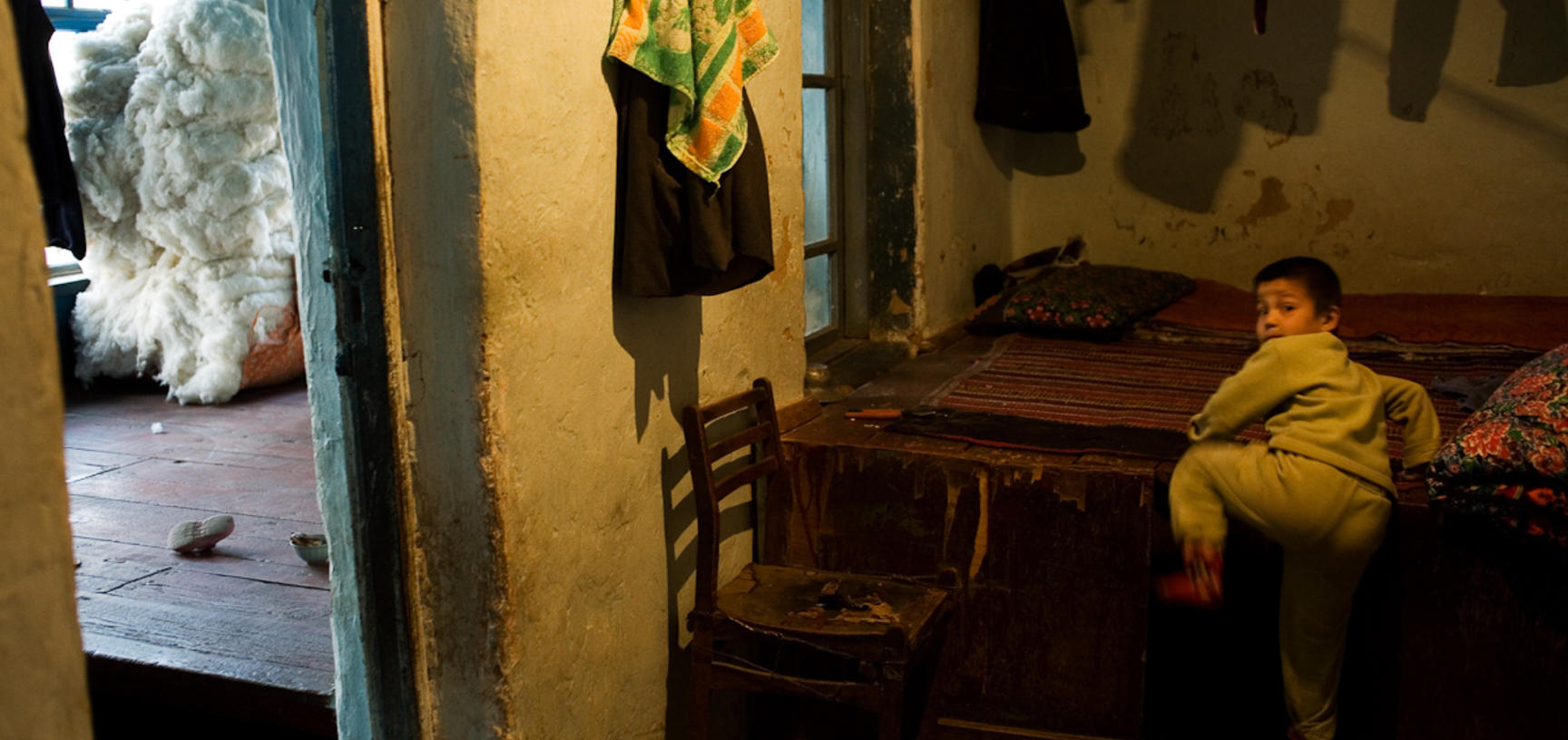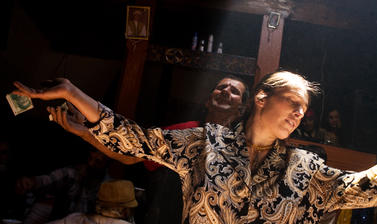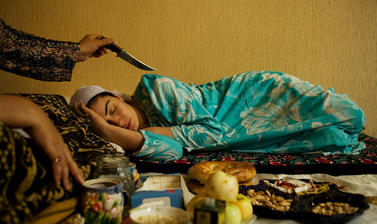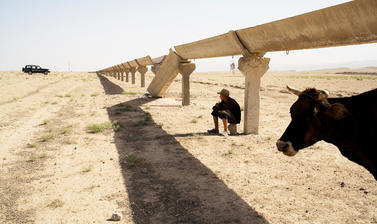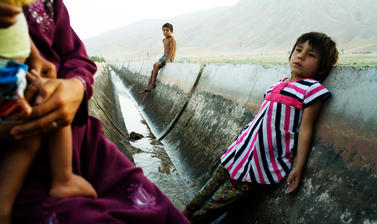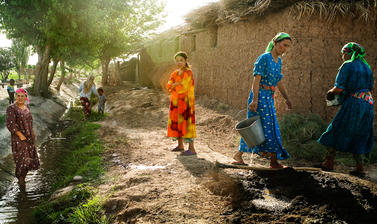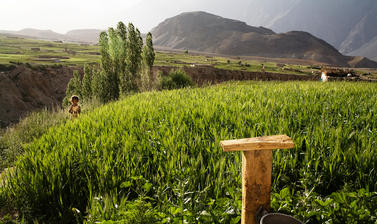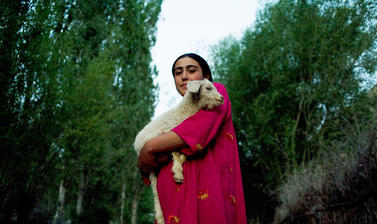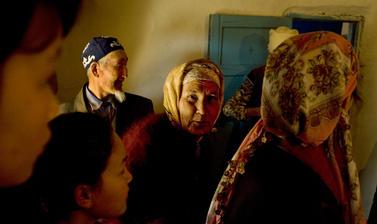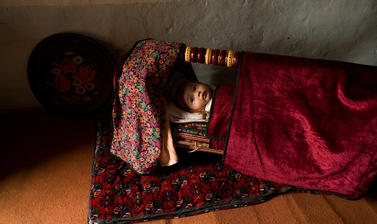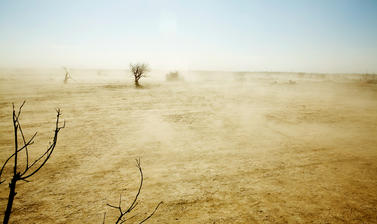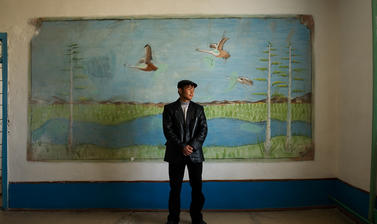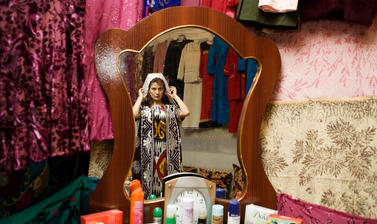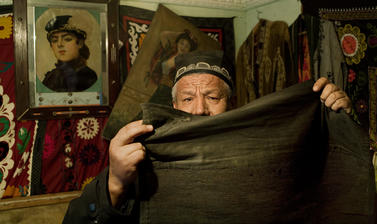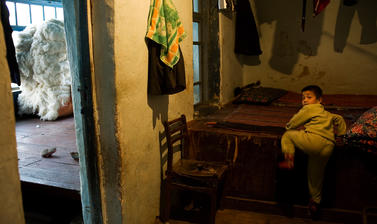Carolyn Drake: Photographs of Central Asia
Carolyn Drake is an American documentary photographer who has worked extensively in Central Asia and China. Her work has been published in National Geographic, HotShoe and The New York Times. In 2008 she won the Lange-Taylor Prize and was a runner-up in the World Press Photo awards. In this, her first UK exhibition, Drake’s images explore the everyday effects of environmental, social and economic change in post-Soviet Tajikistan and Uzbekistan.
Over the past two years Carolyn Drake’s photographic work has focused on the five neighbouring countries of post-Soviet Central Asia, a landlocked region situated between Russia, China, Afghanistan and Iran. Before becoming part of the USSR, the area was called Turkestan and its people tended to identify themselves by their way of life, either nomadic or sedentary. Communities were organized around regional, clan-like political networks. Most people practised Islam. The Soviet government absorbed these lands in the 1920s, banning religion, centralizing political control, and assigning ethnic identities to people: Uzbek, Tajik, Turkmen, Kyrgyz, Kazakh. The creation of irregular administrative boundaries based on these divisions interrupted traditional networks and alliances, bolstering the Soviet Union’s control over its frontier with the Islamic world. These porous boundaries are now national borders.
The social and economic ties between these peoples span many centuries, since the region lies at the heart of ancient trade routes connecting the Mediterranean with Asia; and cultural links remain visible today despite the varied geography and artificial divisions created by national borders. The connectedness is also environmental, because the countries share a water-intensive system of cotton monoculture (introduced during Soviet times) and a diminishing supply of water from the mountains in the east.
In Tajikistan, Drake stayed mostly in the south of the country, travelling to the Gorno-Badakhshan Autonomous Region in the south-east and Shaarfuz district in the south-west. Gorno-Badakhshan encompasses some of the world’s highest mountains, and the resulting isolation has fostered the development of a distinctive culture. The people belong to a sect of Shia Islam called Ismailism and live beside rivers and streams in steep mountain valleys. They practise small-scale agriculture using water which runs into the valleys from glaciers and snow-melt. Shaarfuz, by contrast, is low-lying and dry, land that was not inhabited until the Soviet government introduced irrigation, built towns, and transported people to work on collective farms growing cotton on a mass scale. The people are mostly Sunni Muslims struggling to survive in a place whose infrastructure was largely destroyed during Tajikistan’s civil war in 1992.
In Uzbekistan, Drake travelled between the devout and fertile Ferghana Valley in the east of the country and the parched Karakalpak Autonomous Region in the west, where Sovietization and the drying-up of the Aral Sea have caused an erosion of the traditional nomadic culture and a long-standing environmental crisis.
Acknowledgements and Credits
- Exhibition curated by Philip Grover and Christopher Morton
- Photographs printed by Malcolm Osman
- Framing by Isis Creative Framing
- Print design by Commun Design
You can read an article by co-curator Philip Grover about the ongoing work of photographer Carolyn Drake online here (Royal Photographic Society Journal).


